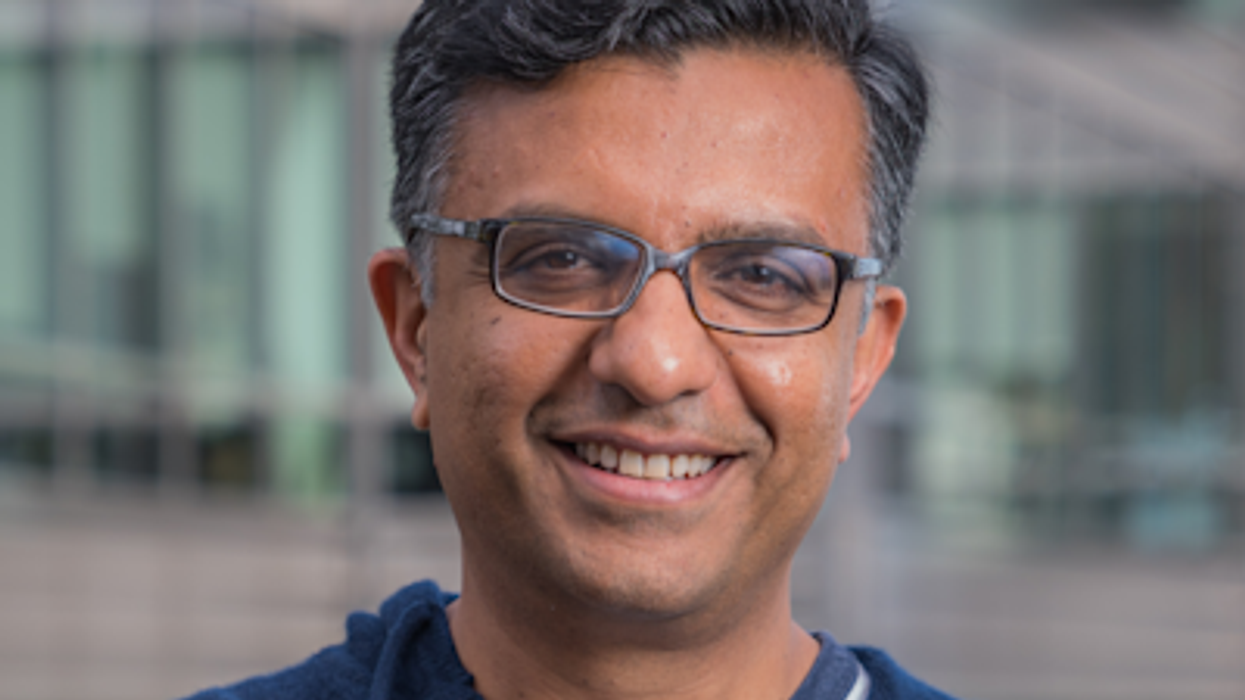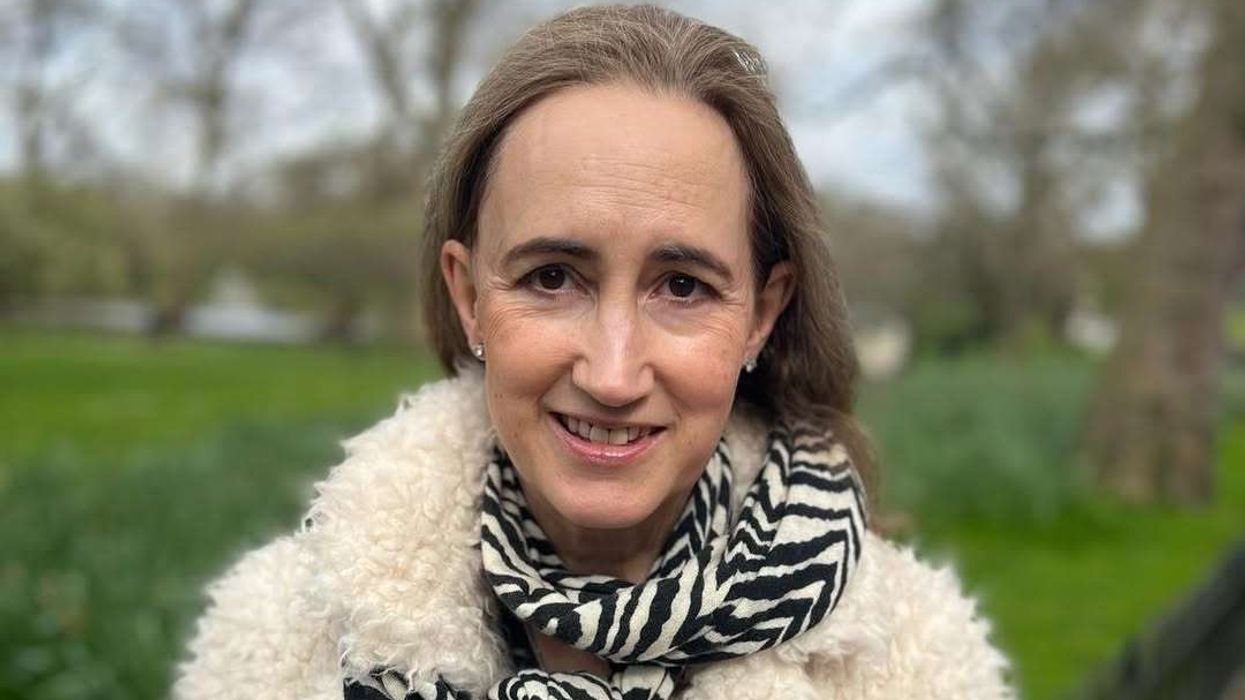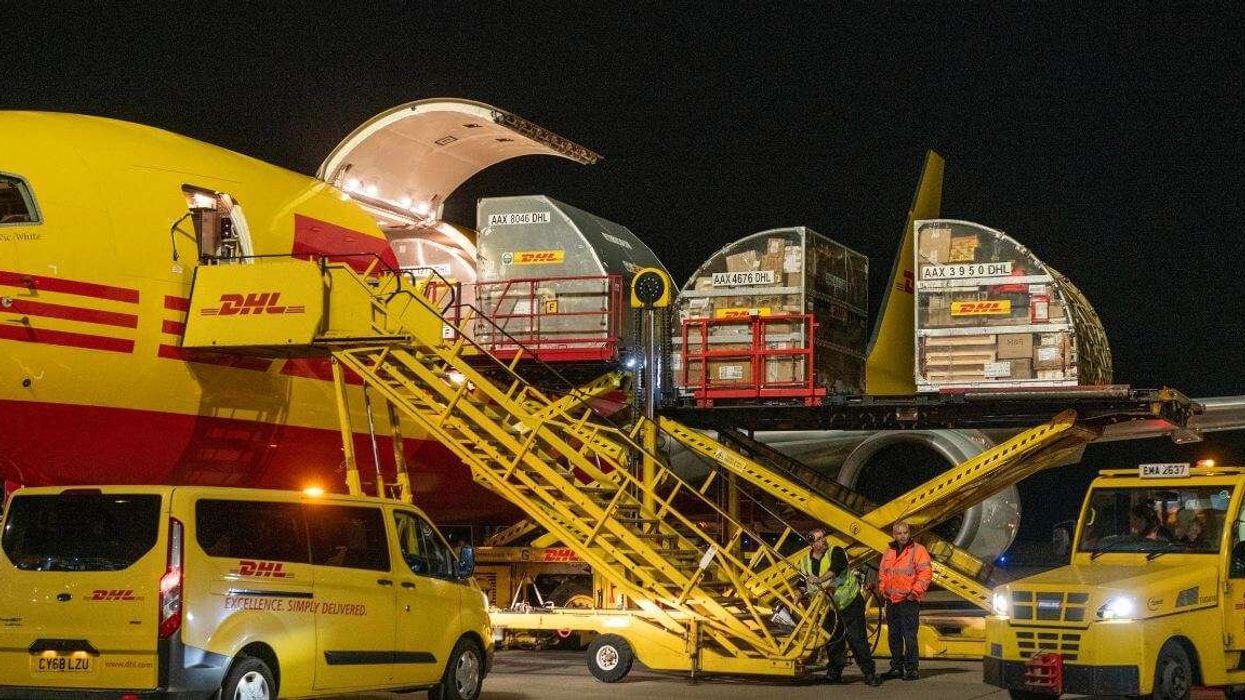Highlights
- FTC secures largest-ever settlement with Amazon over Prime subscription practices
- Around 35 million customers could be eligible for refunds
- Automatic repayments capped at £41 per person, with claims process to follow
Why Amazon is paying out
Amazon will refund millions of Prime members following a £2 billion settlement with the US Federal Trade Commission (FTC). The regulator accused the company of using “subscription traps” to push customers into signing up for Prime and then making it difficult for them to cancel.
The case concluded a two-year investigation and represents the FTC’s largest settlement on record. It is also the second-highest refund award in US history.
Who qualifies for a refund
The FTC said that anyone in the United States who signed up for Prime, or tried unsuccessfully to cancel, between 23 June 2019 and 23 June 2025 may be eligible. Around 35 million people are thought to have been affected.
How much customers will get back
Refunds will be limited to the total Prime membership fees paid, capped at £41.
- Customers who enrolled through Amazon’s “challenged” sign-up flows, such as the Universal Prime page, the shipping option page, Prime Video or single-page checkout, will receive automatic refunds if they used no more than three Prime benefits in their first year.
- Further claims can be made by those who enrolled unintentionally or struggled to cancel. These payments will also be capped at £41.
If there is not enough money left in the settlement to cover all claims, refunds will be issued on a pro rata basis. This means many customers will receive less than the maximum refund.
How to claim a refund
Amazon will begin issuing automatic refunds within 90 days of the FTC order. A separate claims website will then be launched, with links available on Amazon.com and within the Prime section of its app.
Eligible customers will be notified by email and post once automatic payments are completed. They will then have 180 days to submit a claim online, by email or by prepaid post.
Amazon’s response
Amazon has rejected the regulator’s findings, saying it has always complied with the law.
In a statement, the company said: “We work incredibly hard to make it clear and simple for customers to both sign up or cancel their Prime membership, and to offer substantial value for our many millions of loyal Prime members around the world.”













